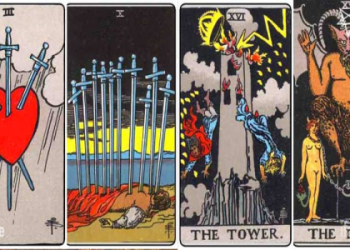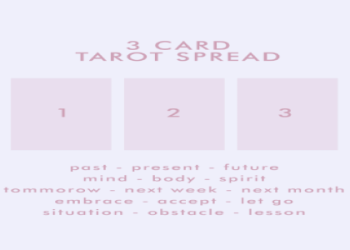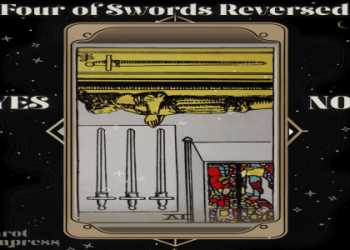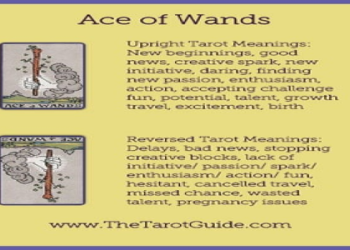Alright, let me walk you through this thing I’ve been trying out recently, this idea of looking at judgement as feelings. It wasn’t some grand plan, just something I started fiddling with because I noticed how often my brain just jumps to conclusions about stuff, about people, situations, you name it.
Starting Point: Just Noticing
So, the first step was simply to catch myself in the act. You know, just pay attention during the day. I’d be walking around, maybe see someone talking loudly on their phone, and boom – the thought “How rude!” pops up. Or I’d be reading something online and think “This person has no idea what they’re talking about.” I wasn’t trying to stop the thoughts at this stage, just notice them happening. Honestly, it was surprising how constant that little judgey voice was in my head. It was like background noise I’d never really tuned into before.
Digging a Bit: What’s Underneath?
Okay, after just observing for a while, I started to push it a bit further. When that judgement popped up, I’d try to pause, even for a second, and ask myself: “Okay, what am I actually feeling right now?” This felt weird at first. Like, that “How rude!” thought about the loud phone talker – I pushed myself. Was it really about rudeness? Or was I feeling annoyed because my own quiet was disturbed? Maybe a little envious that they felt free enough to just not care? Or the online comment – was it really about them being wrong, or was I feeling maybe a bit insecure about my own knowledge, or maybe just irritated because their view clashed so hard with mine?

- I noticed a judgement (“That’s dumb.”)
- I stopped.
- I asked myself, “What’s the feeling here?”
- Sometimes it was obvious: impatience, frustration, annoyance.
- Sometimes it was trickier: maybe fear, insecurity, confusion, even sadness.
Making it Stick (Kind Of)
This wasn’t a smooth process, let me tell you. Some days I’d be really good at catching myself and probing a bit. Other days, my brain would just run wild with judgments, and I wouldn’t even realise until hours later, if at all. There was no magic switch. I didn’t keep a super strict log, but sometimes if a strong judgement came up, I’d make a quick mental note, or even type it into my phone later: “Judged X -> Felt Y”. It was more about building the habit of asking “What’s the feeling?” rather than getting it right every single time.
What Changed? The Feeling Bit
Here’s the interesting part. Over weeks and months of doing this off and on, things started to feel… different. It’s not like I became some non-judgmental saint overnight. Far from it. But the judgements themselves started to lose their power. When I could connect a judgement like “This project is going terribly” to the underlying feeling of “I feel anxious about the deadline” or “I feel overwhelmed,” the judgement felt less like a solid fact and more like a symptom of the feeling.
It became less about “That person IS annoying” and more about “I AM feeling annoyed right now.” Shifting the focus to the feeling somehow made it easier to handle. It also, surprisingly, made me a little less hard on myself. I saw how often my judgments about others were just reflections of my own internal state, my own stresses or insecurities.
Where I’m At Now
So, that’s pretty much the journey so far. Still practicing, still messing up, still catching myself judging things all the time. But viewing those judgements through the lens of feelings has been a genuinely helpful shift. It makes the world feel a tiny bit less like a courtroom and more like… well, just a place full of feelings, mine included. It’s an ongoing thing, just trying to be aware and connect the dots when I can. It’s been quite the experience, honestly.













